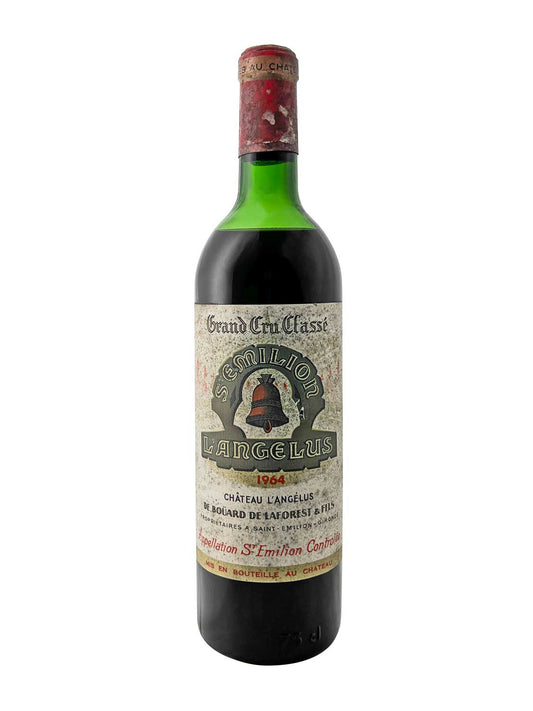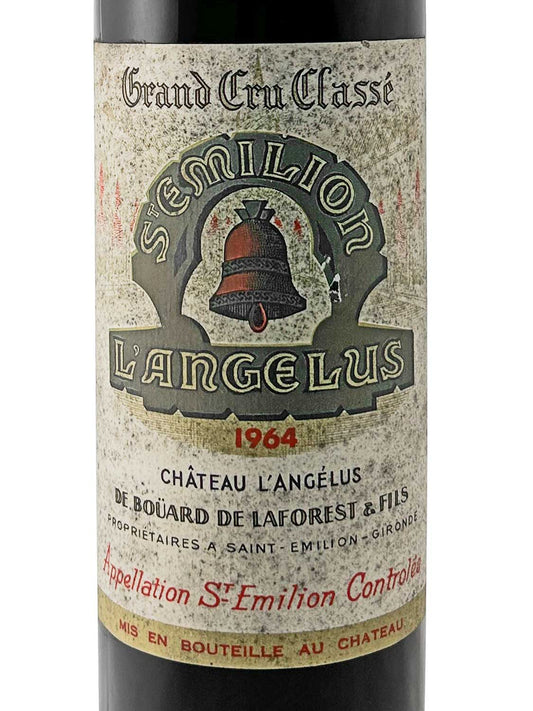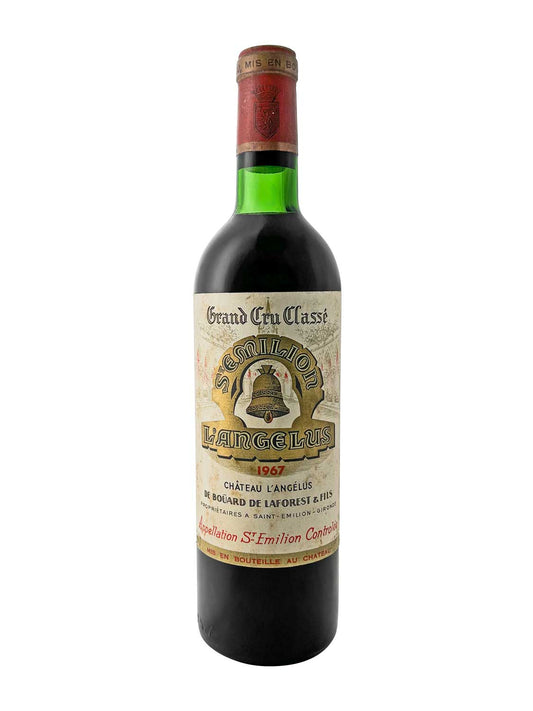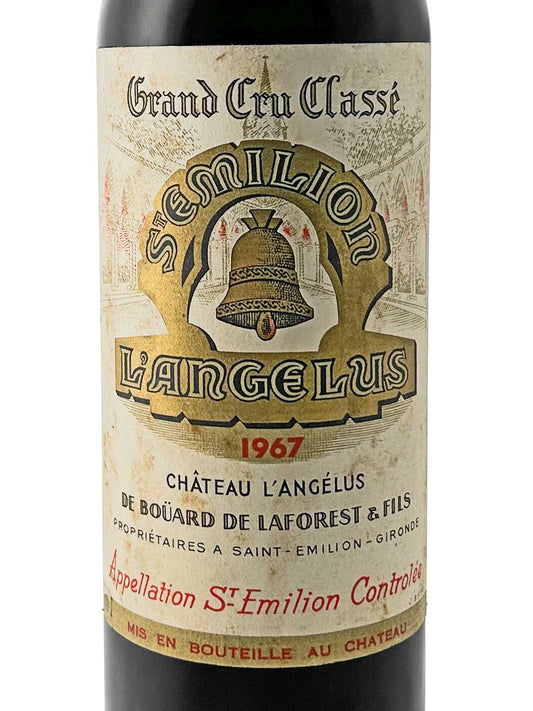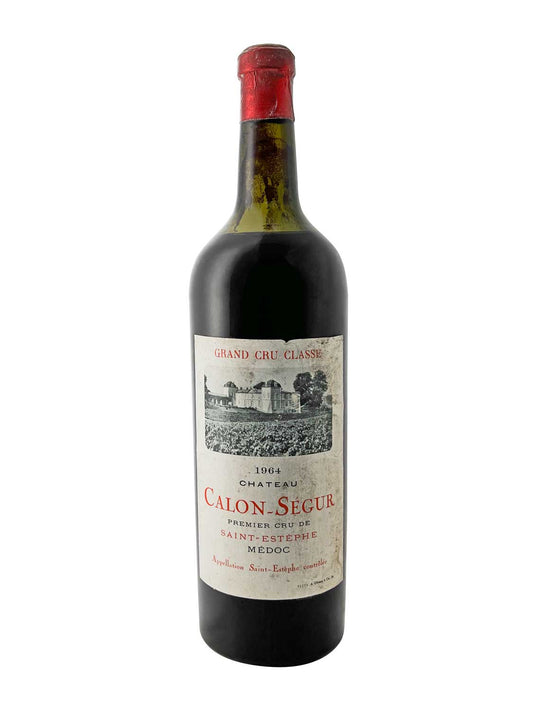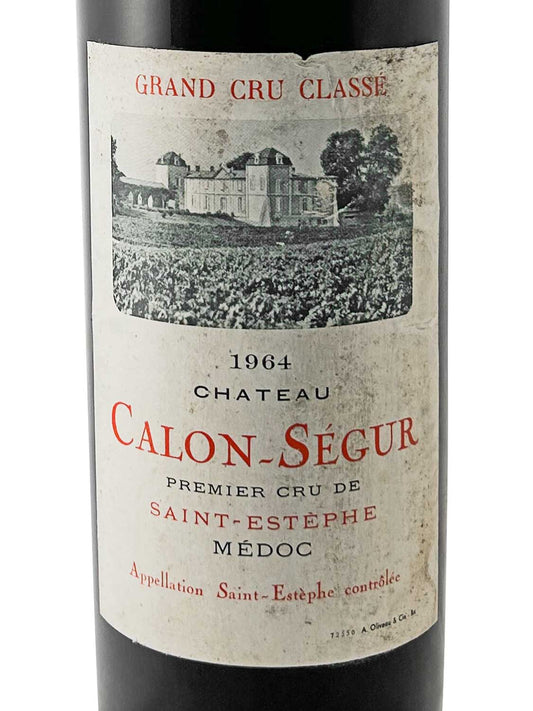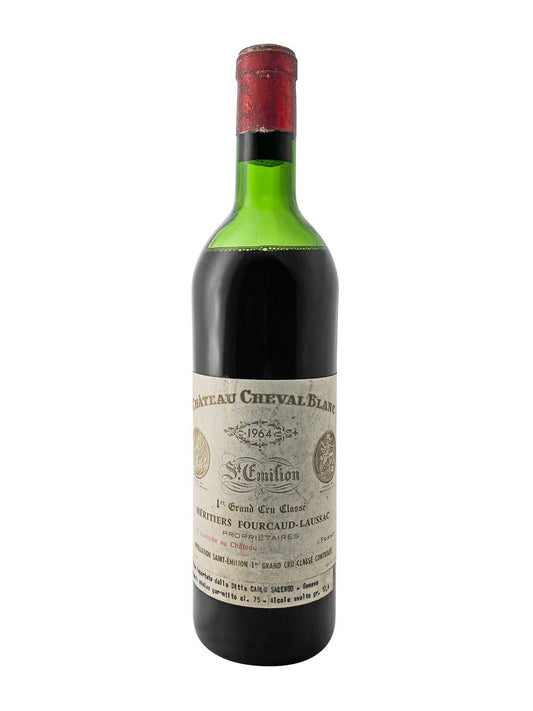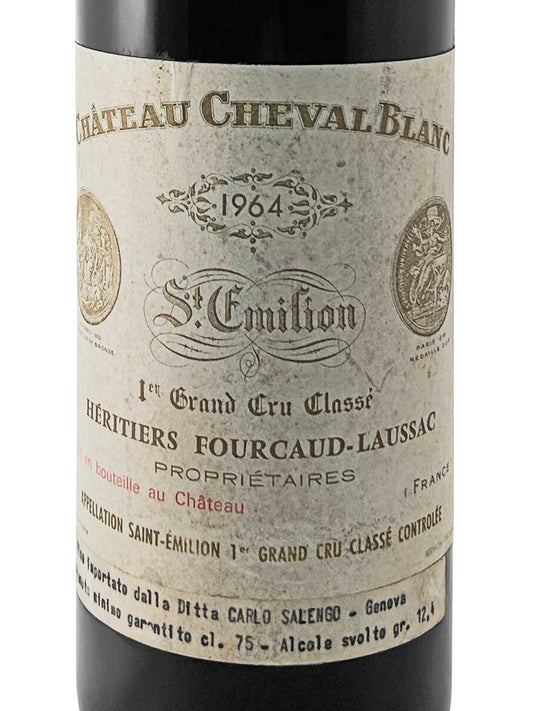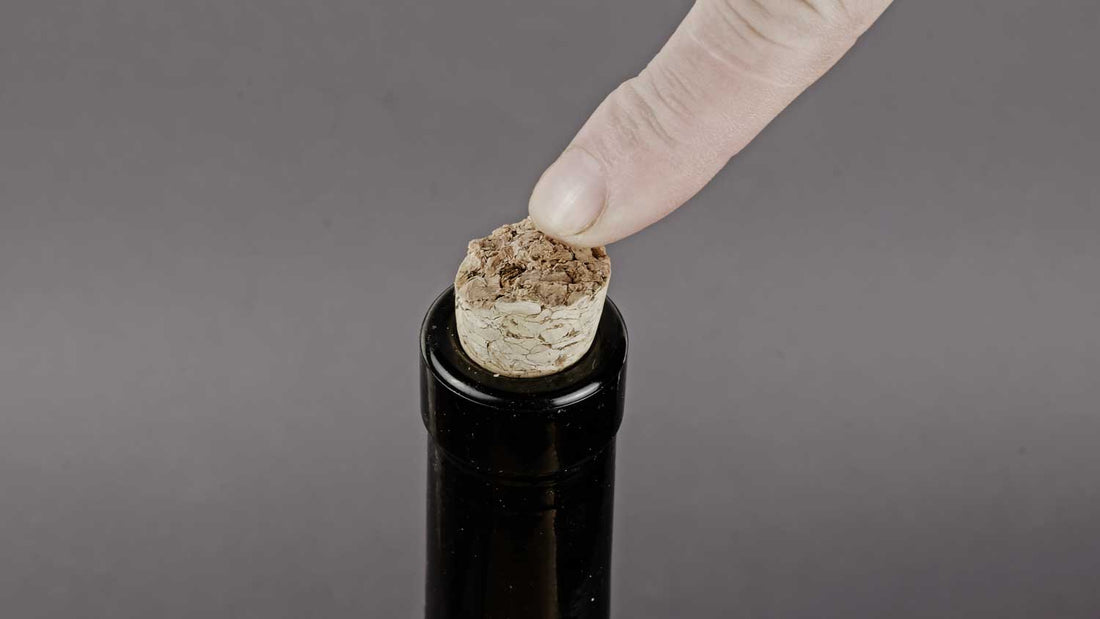
Re-corking a wine bottle – risk or opportunity?
Is it possible to replace the cork without compromising the collector's value of the wine bottle?
For many wine collectors, owning rare wines and vintages is not only a passion, but also a valuable investment. But what happens when the cork of a valuable wine bottle becomes leaky? Is it possible to replace the cork without jeopardizing the quality of the wine or the collector's value? In this blog post, we delve into the topic of re-corking wine bottles. We explain how such interventions can affect the value and authenticity of a wine. Join us on this exciting journey through the world of wine and discover why the cork is much more than just a simple closure.
The cork: more than just a closure

The cork plays a crucial role in wine storage. It protects the contents from oxidation and allows the wine to breathe. A high-quality cork allows the wine to develop and release its aromas over time. However, when the cork is damaged or needs replacing, the question arises: can it be easily replaced?
Also read: How much do wine corks cost?
Re-corking wine bottles: A risk to the collector's value
Re-corking wine bottles is technically possible, but it is a delicate undertaking. Many winemakers and professionals agree that replacing the cork is not without risks. The main reason for this is the possibility of oxidation. When a bottle is opened to remove the old cork and insert a new one, there is a risk of oxygen entering the bottle. This can significantly affect the taste of the wine.
In addition, there are special techniques and tools needed to correctly re-cork a bottle. It takes experience and expertise to ensure that the new cork fits properly and does not cause leaks. Many wine collectors therefore prefer to keep bottles with their original cork - even if it is damaged - rather than re-corking them.
By the way: Some wineries offer to re-cork a purchased bottle of wine on site. This can preserve the authenticity of the wine bottle, as many wine bottles that have been re-corked could potentially be counterfeit wine.
The influence on the collector's value
The collector's value of a wine bottle depends on various factors: vintage, origin, condition of the bottle and of course the original condition of the closure. An original cork is considered part of the authenticity of a bottle. If a bottle is re-corked, this can be seen as a sign of a loss of originality.
Read also: Wine counterfeiting – the dark side of a wine collection
1. Authenticity
For many collectors, the authenticity of a wine is of utmost importance. A newly corked bottle could be perceived as less authentic, which could reduce the value. This can have a significant impact on the market value, especially for high-quality wines or rarities. There is also the risk of wine counterfeiting.
2. Condition of the wine

Another important aspect is the condition of the wine itself. If a bottle has been opened due to a damaged cork and the wine has oxidized or lost its character, this will also affect the value. Even if the bottle is re-corked, the loss of flavor will remain.
3. Market trends
The perception of wine collectors can change over time. While some collectors may be willing to pay for newly corked wine bottles – especially if they are well documented – others might refuse. There is no set standard for this; much depends on the individual buyer.
Alternatives to re-corking
If you find that your cork is damaged or no longer seals, there are a few alternatives to re-corking:
1st tasting
One option is to open the wine bottle and taste the wine immediately. This gives you the opportunity to judge whether the wine is still drinkable or whether it has already oxidized.
2. Transfer to another bottle
Another option is to transfer the wine to another clean glass bottle - ideally one with a screw top or a new cork. This can help minimize contact with oxygen. Of course, this will ruin the collector's value.
3. Professional help
There are specialized companies and winemakers who specialize in saving wines. These professionals can often provide valuable advice or even help keep the wine in optimal condition.
Conclusion: Be careful when re-corking

Re-corking wine bottles may be an option, especially if you are considering a valuable vintage, but it carries risks to the quality of the wine as well as its collector value. The decision should be carefully considered and ideally taken with professional advice.
For many wine collectors, the original cork remains an indispensable part of the wine experience - both from a taste and financial perspective. Ultimately, it is up to the individual collector to decide how to deal with damaged corks and what priorities they set: authenticity versus enjoyment.
In any case, the topic of corking wine bottles remains exciting and once again shows the complexity of this fascinating world of wine - an area full of stories and secrets!

